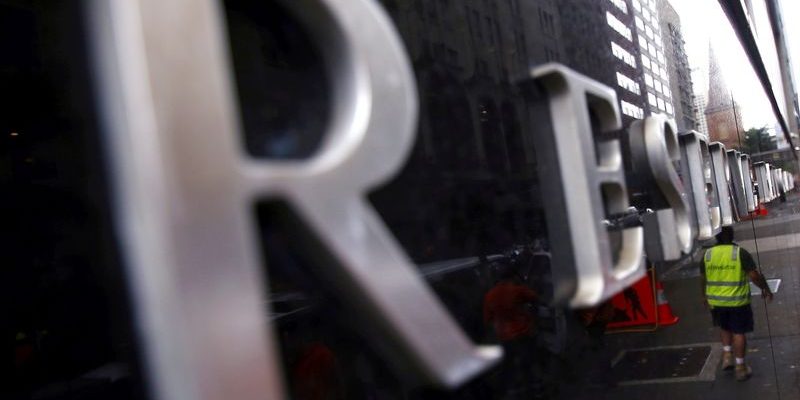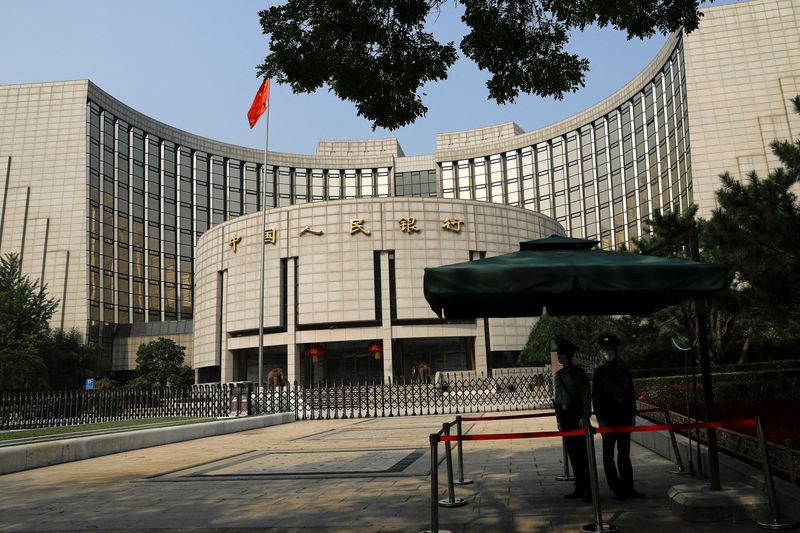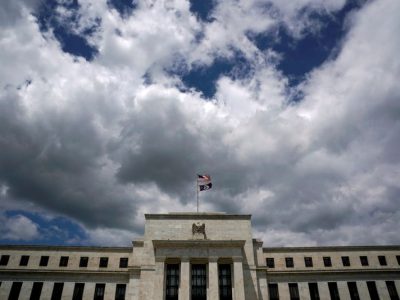
SYDNEY, Nov 19 (Reuters) – Australia’s central bank said on Tuesday that there was no immediate need to change interest rates, having left them steady for a year now, but it was important to be ready to act as the economic outlook evolves.
Minutes of its November 4-5 board meeting released on Tuesday showed the Reserve Bank of Australia (RBA) again discussed scenarios under which the cash rate of 4.35% may need to be cut, raised or held steady for a prolonged period.
In one such scenario, the RBA said a drastic slowdown in inflation could warrant a rate cut, but the board will need to observe more than one good quarterly inflation outcome to be confident that such a decline is sustainable.
Markets have not fully priced a cut in rates until May next year, with a move in February after the fourth-quarter inflation report just at a 38% probability.
A majority of economists, however, still look for a rate cut in February.
The central bank considered a range of scenarios that might require a timely response from policy.
“It is important to remain forward looking, avoiding an excessive reliance on backward-looking information that may lead the board to react too late to a change in economic conditions,” said the RBA.
Policy might need to be tightened if the board judged that the current stance is not restrictive enough, said the RBA, adding that it will closely watch data such as credit growth, banks’ willingness to lend and growth in asset prices.
The central bank has kept rates steady for a year now, judging that the cash rate of 4.35% – up from a record-low 0.1% during the pandemic – is restrictive enough to bring inflation to its target band of 2-3% while preserving employment gains.
The RBA does not expect inflation to return to its target band until 2026. Headline inflation slowed to 2.8% in the third quarter, mainly due to government rebates on electricity, while underlying inflation ran at a still elevated 3.5%.
Other scenarios for a change in the cash rate include developments around consumption and the labour market. Card data from banks showed consumer spending has been weaker than expected even with the government’s tax cuts, while the labour market has stayed surprisingly strong, with the jobless rate staying at 4.1% for six months or so.
If the supply capacity of the economy was much more limited than assumed as productivity growth fails to pick up, it could necessitate a tighter policy stance, noted the RBA.
The central bank was also watching for major changes in U.S. economic policy and the size of the stimulus package from China.












